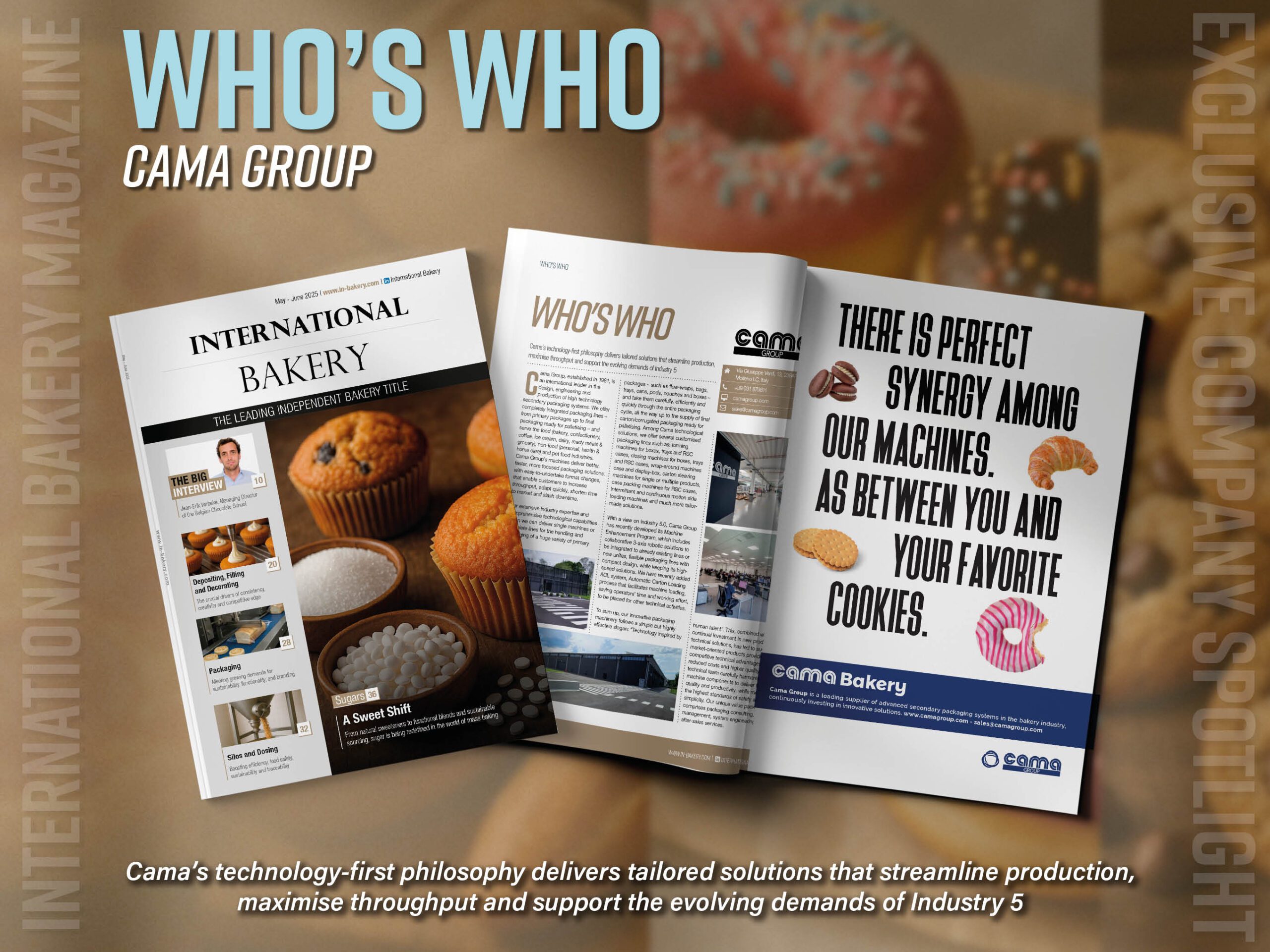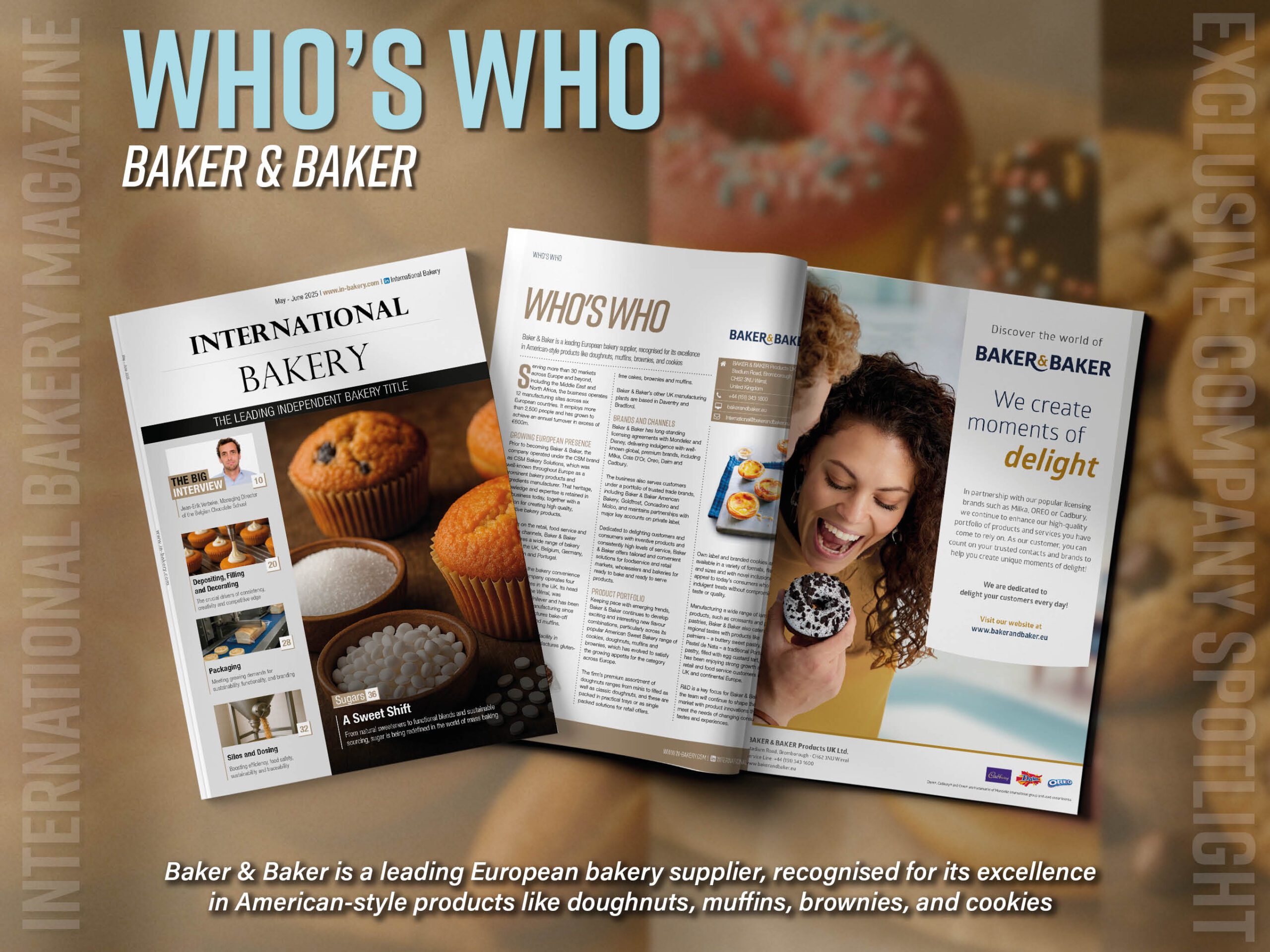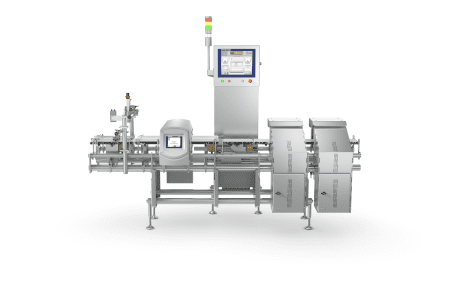Moisture migration in doughnuts is one of the biggest challenges when it comes to packaging and shelf life, so what are some innovators doing to combat this?
No longer just breakfast items, doughnuts are gaining popularity as snack indulgences eaten during the day. In fact, Technomic’s latest “Breakfast Consumer Trend Report” found that 48% of consumers agree that they enjoy breakfast at non-traditional times. Whether eaten during the morning or at midnight, doughnuts should look and taste as if they were freshly made with shiny, not sticky glazes, and tender crumbs.
Just how high are the expectations of packaged doughnut enthusiasts and aficionados? 90% of consumers consider doughnut expiration date to be extremely/very important, according to a Corbion study. Eighty-six percent of consumers who expect doughnuts to stay fresh for 5-7 days would also like an additional 4-6 days of shelf-life. Lastly, 57% of customers would purchase more varieties of doughnuts if they had longer shelf-lives.
Doughnut glaze stability is an important aspect of freshness. Over time, the difference in water activities between the glaze and doughnut can cause moisture migration, making the glaze become sticky. Glaze deterioration negatively impacts consumer eating experience.
Managing moisture migration
Everybody loves a doughnut, but the issue is, nobody wants a soggy doughnut as the glaze or sugar migrates into the dough. Innovations are consistently taking place in the bakery market to increase the shelf life of doughnuts.
Beneo conducted technical trials back in 2014 to improve the shelf-life and quality of glazed and iced doughnuts. The results show that with the partial replacement of sucrose with functional carbohydrate Palatinose in glazings or icings, shelf-life and overall product quality can be improved.
Palatinose has the ability to control water activity and moisture migration, and the glaze with Palatinose maintains transparency even through extended shelf-life. Thanks to the low hygroscopicity of Palatinose, the glaze does not become sticky, and the glazed, freshly packed doughnuts exhibit a more pleasant sweetness in comparison to using sucrose alone.
The trials also demonstrated that partial replacement of sucrose with Palatinose in frozen packed doughnuts ensures a maintained glaze transparency throughout the freezing process and after defrosting. It prevents the glaze from sticking to the foil during frosting and after defrosting.
Klaudia Volmer, Product Manager Functional Carbohydrates, BENEO comments: “Sugar-based doughnut glazings traditionally have a lower wa value (water activity) than the doughnut. This leads to increased water migration from the doughnut to its glaze, resulting in the doughnut drying out very quickly. However, Beneo trialed the partial replacement of sucrose with Palatinose in glazings and icings and the results showed that water activity was brought under control in the glaze, keeping the doughnuts moist for longer. As well as extending shelf life in freshly packed doughnuts, partial sucrose replacement by Palatinose has also been trialed in frozen packed doughnuts. The test results show that its use substantially improves the quality of the doughnut upon defrosting.”
So, what about the dough itself?…
Read the rest of the article in our latest issue.
Media contact
Editor, International Bakery
Tel: +44 (0) 1622 823 920
Email: editor@in-bakery.com






